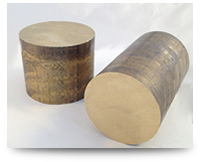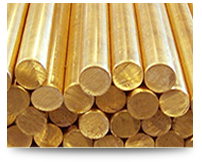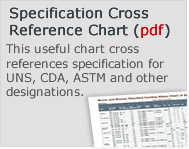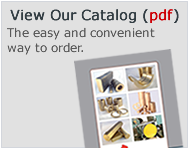Phosphor Bronze


PHOSPHOR BRONZE
Phosphor Bronzes, or tin bronzes, are alloys containing copper, tin and phosphorous. The phosphor bronzes contain between 0.5 and 11% tin and 0.01 to 0.35 % phosphorous. The addition of tin increases the corrosion resistance and strength of the alloy. The phosphorous increases the wear resistance and stiffness of the alloy. The phosphor bronzes have superb spring qualities, high fatigue resistance, excellent formability and solderability, and high corrosion resistance. They are primarily used for electrical products, other uses include corrosion resistant bellows, diaphragms, and spring washers. The phosphor bronzes are designated as UNS C50100 through C54200. Leaded phosphor bronzes combine good strength and fatigue resistance with good machinability, high wear resistance and corrosion resistance. They are used in applications such as sleeve bearings, thrust washers, and cam followers. They are designated as UNS C53400 through C54400.
Featured Alloys - (Follow the Links to Learn More)

C51000 Phosphor Bronze
Alloy C510 is an alloy with good strength, formability and stress relaxation characteristics and solderability. Applications include electronic parts, springs, switches, contacts and fasteners. This metal a good capacity for being cold worked and can be readily brazed or soldered.


C54400 Phosphor Bronze
An excellent material for use in the manufacture of bearings, C54400 B-2 Phosphor Bronze is also extremely machinable. Like other phosphor bronze alloys, it is known for its toughness, strength, low coefficient of friction and fine grain. The alloy is also resistant to fatigue, wear and chemical corrosion.



 local:586.791.2000
local:586.791.2000 Email Us Today!
Email Us Today!







